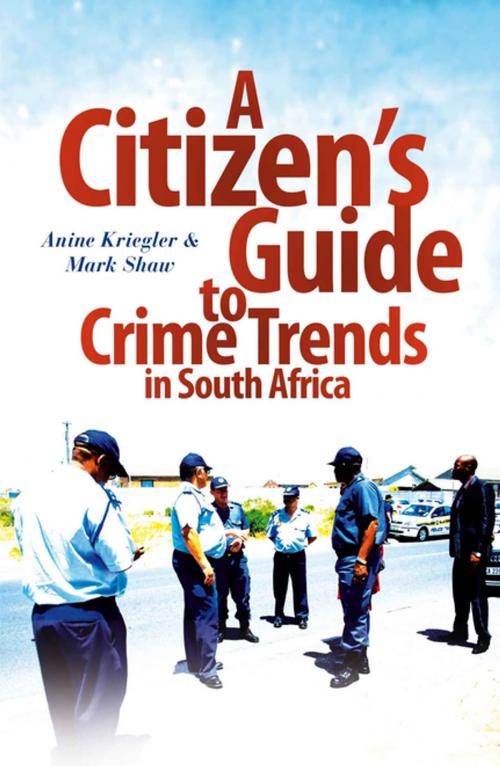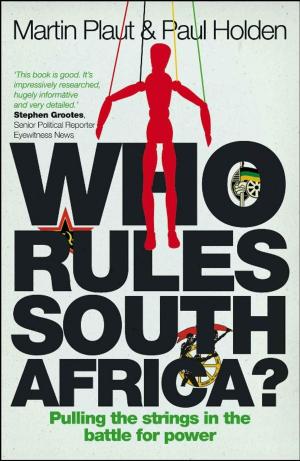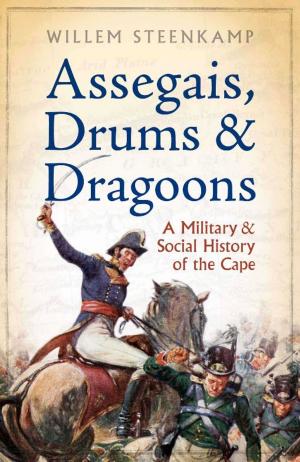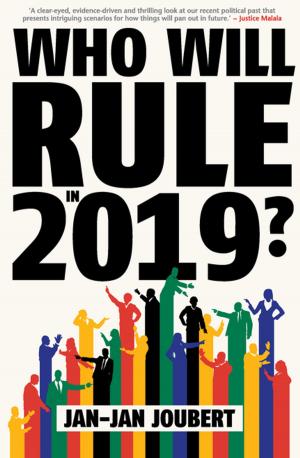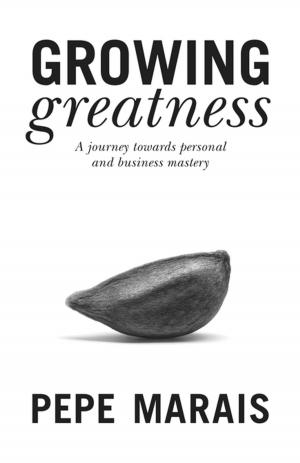A Citizen's Guide to Crime Trends in South Africa
Nonfiction, Social & Cultural Studies, Social Science, Crimes & Criminals, Criminology| Author: | Anine Kreigler, Mark Shaw | ISBN: | 9781868427239 |
| Publisher: | Jonathan Ball Publishers | Publication: | June 5, 2016 |
| Imprint: | Jonathan Ball | Language: | English |
| Author: | Anine Kreigler, Mark Shaw |
| ISBN: | 9781868427239 |
| Publisher: | Jonathan Ball Publishers |
| Publication: | June 5, 2016 |
| Imprint: | Jonathan Ball |
| Language: | English |
South Africans care a lot about crime. We think and worry about it, plan and insure against it, develop and share theories about it, read about it, and talk about it… a lot.
But how much do we really know? Crime statistics do not belong to the government, academics, specialists, or the press. They are ours: we experience and report crimes and have a right to access and understand their official record. It should not take any particular expertise to get a grasp on what we should make of the figures and graphs that the South African Police Service produces every year.
A Citizen’s Guide to Crime Trends in South Africa provides a basis on which to understand the statistics in a manner that is accessible to everyone. Each chapter challenges a set of oft-repeated assumptions about how bad crime is, where it occurs, and who its victims are. It also demonstrates how and why crime statistics need to be matched with other forms of research, including criminal justice data, in order to produce a fuller account of what we are faced with.
South Africans care a lot about crime. We think and worry about it, plan and insure against it, develop and share theories about it, read about it, and talk about it… a lot.
But how much do we really know? Crime statistics do not belong to the government, academics, specialists, or the press. They are ours: we experience and report crimes and have a right to access and understand their official record. It should not take any particular expertise to get a grasp on what we should make of the figures and graphs that the South African Police Service produces every year.
A Citizen’s Guide to Crime Trends in South Africa provides a basis on which to understand the statistics in a manner that is accessible to everyone. Each chapter challenges a set of oft-repeated assumptions about how bad crime is, where it occurs, and who its victims are. It also demonstrates how and why crime statistics need to be matched with other forms of research, including criminal justice data, in order to produce a fuller account of what we are faced with.
